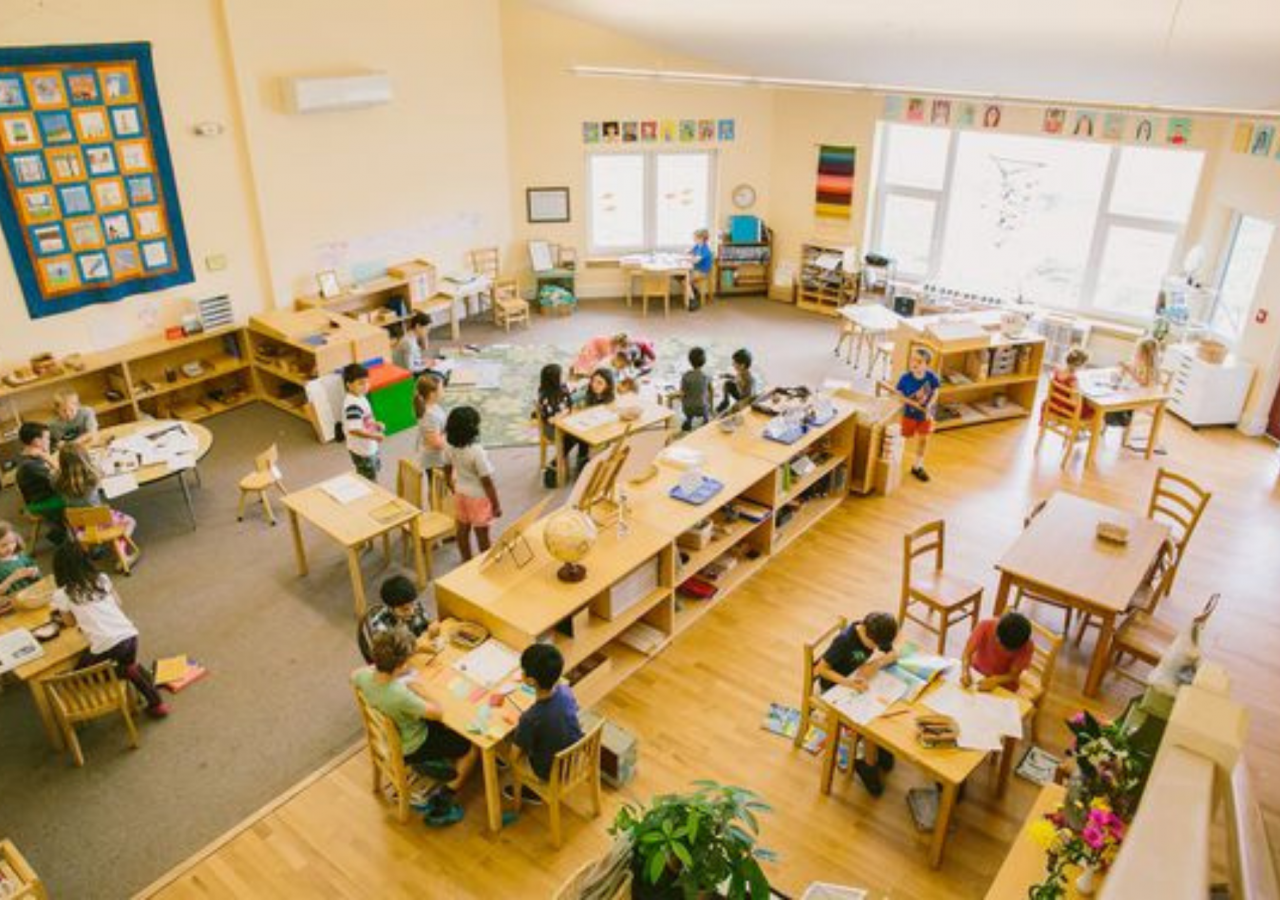The word discipline literally means “to teach or to learn” and, in a Montessori setting, this is taken as an opportunity to teach / model the correct behaviour rather than to punish or give a consequence for a “mistake”.
Herewith are some guidelines to practice at home.
Avoid bribes, rewards and punishments. These are considered external or extrinsic motivations. Montessori emphasis is placed on internal (intrinsic) motivations.
Always communicate with your child respectfully. When we speak and listen to our kids with respect, the message we are sending to them is that we see them, we are present for them and they matter to us.
Model the behaviour you want your child to perform. For young toddlers, we may be modelling how we get a tissue for a friend or a wet cloth for a friend who is hurt. Over time, they would be able to assist others in similar ways. It is the first step towards learning responsibility and promoting positive relationships.
Find ways for children to cooperate with us rather than using force or bribes. Our children are learning to be a part of the family, not because they get a reward but because we care for each other.
So finding a win-win solution for both parties is a recommended strategy.
Example: When leaving the playground or a party, give them a gentle notice “we will leave in 10 minutes”. If you require help during groceries shopping, tell them exactly what they should pick. Address them using clear words, keeping eye contact and giving them a choice.
When a child is having a hard time, a meltdown or a tantrum, this is not the time to neither teach nor punish. They are not able to rationalise with us. As the adult in charge, you are required to stay calm so that they can calm themselves too, breathe in and out and just be. You may offer to hug or hold your child’s hand. For some kids, physical contact helps them calm down while others don’t like touching at all- so always ask. Once they are back to their senses, then you can help them to make amendments.
You may have heard the saying “freedom within limits.” This means that the child does have a lot of freedom, yet there are a few clear limits to keep themselves, others and the environment safe. Keeping a balance between what is allowed and not allowed is important. Too many limits feels like absolutism and it is an invitation to sneak out and break the rules; on the other hand, total freedom feels like no one cares for me and may lead to irresponsible behaviour later in life, an inability to cope with consequences.
Young children benefit from structured routines with clear boundaries.
Establish clear limits around your home, communicate them to your child and if necessary have some visual clues. When you need to step in, you can say in a kind and clear way:
“It’s my job to keep you safe. You sit on this side and I, on the other.”
“I see you want to hit. I can’t let you hit your brother. Let’s find a cushion or something you can hit.”
When we are clear on the house rules, the children are too.
A Montessori approach to discipline requires patience and a lot of repetition from the adult in the environment. Early years are the foundation phase to establish an authentic, cooperative and lifetime relationship with our kids. It is a must that we invest our time, consistency and resilience if we want our children to collaborate with us throughout the years to come because without connection we get very little cooperation.
As Maria Montessori once said “ To give a child liberty is not to abandon him to himself"
Reference: adapted from the book - The Montessori toddler by Simone Davies







